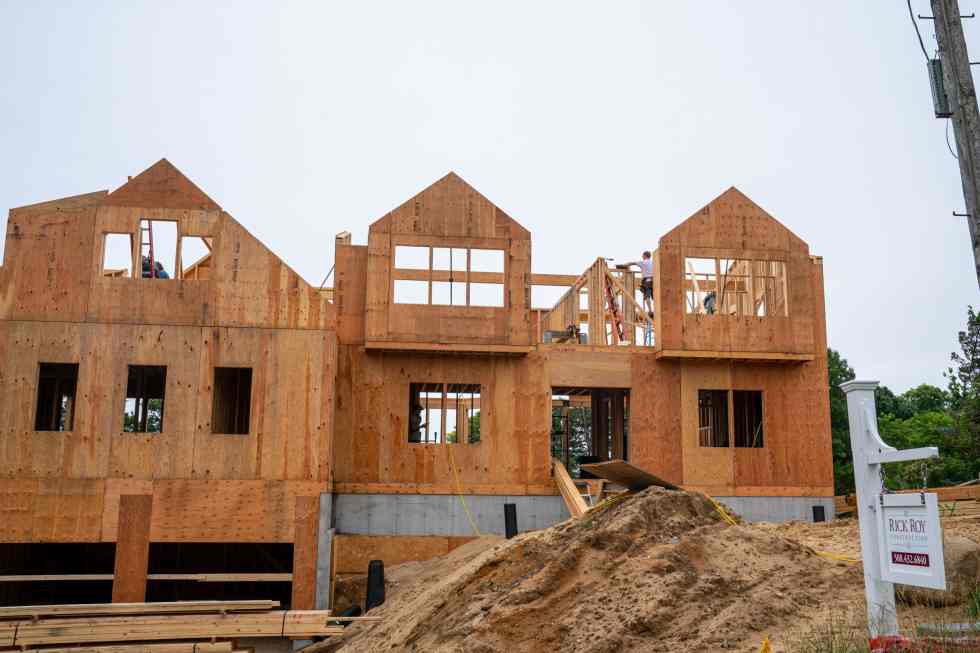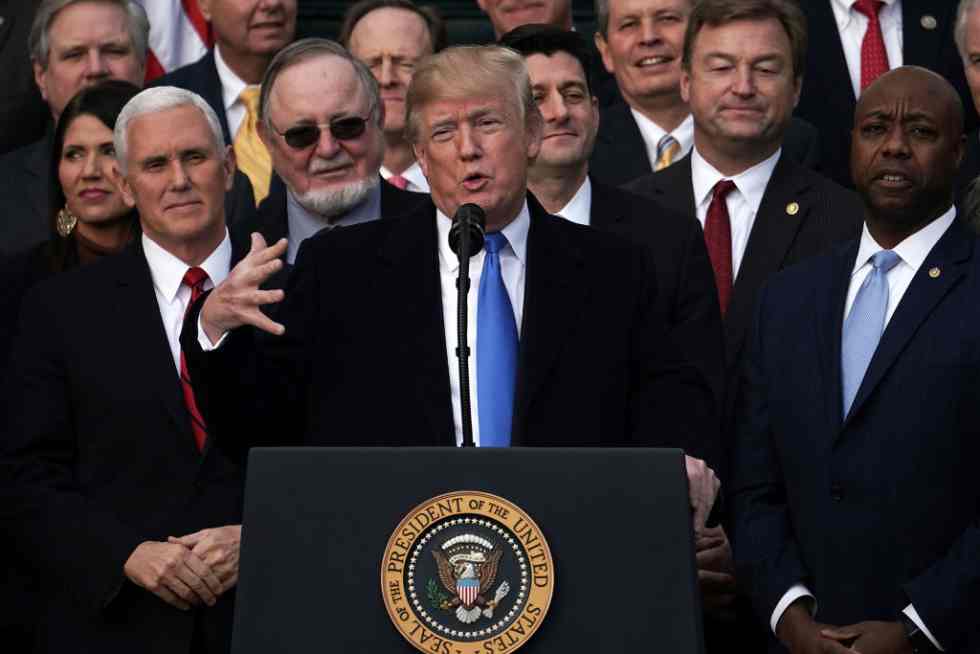I lately wrote concerning the potential for exercise within the junk bond market to set off a large-scale monetary disaster in the US—and world wide. Quickly after, I started getting correspondence from readers who pointed to what they noticed as comparable speculative excesses within the mortgage market. These readers aren’t unsuitable. Monetary media shops are already protecting the dizzying enhance in home costs throughout the U.S. What’s lacking, nonetheless, is a scientific breakdown of how massive this bubble might be, and its implications.
Bubbles in housing markets are initially brought on by the overvaluation of properties. Two of the most well-liked methods to measure housing valuation are inflation-adjusted home worth indices and home price-to-median revenue indices.
Inflation-adjusted home worth indices present us how a lot home costs have risen relative to costs within the financial system as a complete. Proper now, this index is flashing vivid crimson: it’s giving us a studying of 94.6. That is the best in historical past—the earlier excessive being 92.3 in March 2006. The home price-to-median revenue index measures the affordability of housing relative to the common particular person’s wage. It’s flashing crimson too: it’s giving us a studying of 6.7, just under the earlier excessive of seven in November 2005.
Primarily based on these measures, it’s protected to say that the U.S. housing market is as overvalued because it ever has been in historical past. So there may be little purpose to doubt that a big bubble has inflated on this market.
Why did this occur? A lot for a similar purpose that there are bubble dynamics within the junk bond markets. In 2020, in response to the lockdown-generated recession, the Federal Reserve stepped into the mortgage market and wolfed up an enormous variety of mortgage-backed securities (MBS). Seemingly oblivious to the teachings it ought to have discovered in 2008, the Fed made up round 30 p.c of all the market by September 2020. Naturally, MBS issuance soared in response. Within the first half of 2021, it was rising at round 25 p.c per 12 months—by far the quickest progress charge on document since statistics started.
Earlier than transferring on to discover the implications of this pattern, allow us to briefly replicate on why the Fed did what it did. After the crash of 2008, there was a normal feeling amongst financial policymakers of “by no means once more.” Commentary from the time steered a complete era of policymakers had discovered the hazards of economic bubbles, a lot because the era that grew up within the Nice Despair had discovered all these years in the past. Many assumed that this data would convey an period of financial and monetary peace and stability.
That has clearly not occurred. Why? Frankly, our elites appear jittery and distractible in a approach the Best Era was not. They rush from one “disaster” to the following, like a drug addict in want of a repair. In the event you hold round coverage folks lengthy sufficient, you begin to query whether or not this is not a kind of sport to them. Extra crises imply extra for them to do and extra for them to gossip about—that is clearly a gaggle of individuals raised on tv and social media, at all times needing one other dopamine hit.
The online result’s that classes onerous discovered are quickly forgotten. As quickly as a public well being disaster like COVID-19 emerges, all these warnings from the monetary disaster a decade earlier are thrown within the trash like so many unloved toys. Borrowing statistics turn out to be moveé; case numbers and deaths are in vogue now. It is policymaking as fad and vogue.
Again to the state of affairs at hand. How a lot injury may this housing bubble do? Housing bubbles have an effect on the actual financial system via their affect on residential development funding and employment. Development companies see that costs—and, with them, income—are rising, in order that they borrow and make investments. As of the second quarter of 2021, residential development funding is rising at round 35 p.c per 12 months—its highest charge up to now 30 years. Just like the housing market, the development sector is working sizzling. If costs fall, it appears seemingly that funding will go into onerous reverse.
What number of jobs are in danger? At round 5 p.c of complete employment, development employment is barely off its peak of 5.6 p.c in mid-2006—however it’s nonetheless loads excessive. If property costs decline and development funding dries up, many of those staff will lose their jobs. These of us over the age of 30 have lived via this earlier than. It’s not fairly.
However now think about the issues within the junk bond market. This can be a double bubble. We have now a bubble within the junk bond market permitting bankrupt companies to maintain their lights on, and a bubble within the housing market driving document charges of residential development funding. It’s onerous to come back to every other conclusion: the following monetary disaster may make 2008 seem like a costume rehearsal.
Philip Pilkington is a macroeconomist with almost a decade of expertise working in funding markets, he’s the creator of the e book The Reformation in Economics: A Deconstruction and Reconstruction of Financial Concept.
The views expressed on this article are the author’s personal.











Leave a Reply